VAGUS NERVE
ACTIVATE YOUR VAGUS NERVE AND UNLEASH YOUR BODY'S NATURAL ABILITY TO HEALING YOURSELF. A SELF HELP GUIDE WITH EXERCISES FOR ANXIETY, DEPRESSION AND TRAUMAS FOR REWIRING YOUR BRAIN.
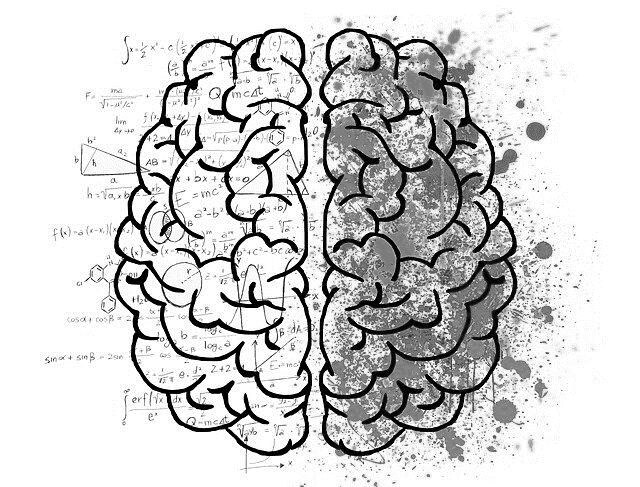
Copyright 2020 - All rights reserved.
The contentcontained within this book may not be reproduced, duplicated or transmitted without direct written permission from the author or the publisher.
Under no circumstances will any blame or legal responsibility be held against the publisher, or author, for any damages, reparation, or monetary loss due to the information contained within this book. Either directly or indirectly.
Legal Notice:
This book is copyright protected. This book is only for personal use. You cannot amend, distribute, sell, use, quote or paraphrase any part, or the content within this book, without the consent of the author or publisher.
Disclaimer Notice:
Please note the information contained within this document is for educational and entertainment purposes only. All effort has been executed to present accurate, up to date, and reliable, complete information. No warranties of any kind are declared or implied. Readers acknowledge that the author is not engaging in the rendering of legal, financial, medical or professional advice. The content within this book has been derived from various sources. Please consult a licensed professional before attempting any techniques outlined in this book.
By reading this document, the reader agrees that under no circumstances is the author responsible for any losses, direct or indirect,which areincurred as aresultof theuseofinformation contained within this document, including, but not limited to, errors, omissions, or inaccuracies.
Published by K.D. Clive Collins
Table of Contents
Chapter1: How Can Stress and Anxiety Affect Your
Body And Life?.......................................................................10
Chapter2: Inflammation, and What a Stimulated Vagus Nerve
Can Do About it .....................................................................14
Chapter4: Causes of Anxiety, Depression, And
Inflammation ........................................................................ 35
Introduction
If you havent heard about this nerve before, dont worry. While its existence has been known for some time, doctors and researchers didnt really understand it until recently. Modern research conducted on this nerve has led to many interesting discoveries.
So, what is the vagus nerve?
The name vagus is Latin for wanderer. This means that the vagus nerve wanders and meanders throughout the body. It is a cranial nerve that runs throughout the entire body. It is associated to the parasympathetic nervous system (PNS). As such, it is the main highway by which the Central Nervous System (CNS) communicates with the PNS. As such, it is tremendously important in regulating all of the essential bodily functions that the PNS regulates.
Given the fact that it is so important, it is surprising just how overlooked this nerve actually is. So, sit tight because we are going to be discussing quite a bit of information here. You will surely find this to be insightful as well as fascinating.
We will begin by looking deep into two crucial components of the vagus nerve, the Pneumogastric Nerve and the Ventral Branch of the vagus nerve.
The Pneumogastric Nerve
Before modern research on the vagus nerve was conducted, the name it commonly received was the pneumogastric nerve. It had earned this designationsincethevagusnerve is responsible for the regulation of the heart, lungs and digestive tract.
As the pneumogastric nerve is responsible for ensuring the proper functioning of these systems through the PNS. The PNS relies on thepneumogastric nerve to relay the rightinformation to and from the CNS and the brain. Yet, the fact that the pneumogastric nerve starts in thebrain and works its waydown into the lungs, heart and digestive tract, it essentially becomes one of the most important neural networks in the body. Needless to say, that if something goes haywire in the pneumogastric nerve, it can lead to serious consequences in the rest of the body.
The pneumogastric nerve begins in the brain and leaves through the medulla oblongata. Then, it basically runs straight through the middle of the body down the neck, chest and into the abdomen. The pneumogastric nerve has ramifications, or branches, that touch upon the main organ systems described earlier.
First, the pneumogastric nerve connects into the laryngeal nerve and then curves around the subclavian artery so that it emerges between the trachea and the esophagus. This is where it is able to regulate the functioning of the lungs. As such, this nerve enables the PNS to regulate breathing.
Next, the nerve runs down from the subclavian artery into the superior vena cava. From there, it moves on onto the bronchus before settling into the vagal trunk that passes through the diaphragm. It also connects into the carotid artery in which then allows it to link with the cardiac tissue. This is the point at which the pneumogastric nerve enables the PNS to hook up with the heart.
As the pneumogastric nerve makes its way down the esophagus and through the diaphragm, it is now able to link up with the digestive tract. This is what permits the PNS to regulate digestion.
As you can see, the pneumogastric nerve is truly an intricate piece of hardware which enables the PNS to regulate some of the most complex bodily functions. Needless to say, the body would not be able to function adequately without the pneumogastric nerve.
The pneumogastric nerve has the following branches which serve as means of communication among the entire routing of this nerve:
Anterior vagal trunk
Branches to the esophageal plexus
Branches to the pulmonary plexus
Hering-Breuer reflex in alveoli
Inferior cervical cardiac branch
Pharyngeal nerve
Posterior vagal trunk
Recurrent laryngeal nerve
Superior cervical cardiac branches of vagus nerve
Superior laryngeal nerve
Thoracic cardiac branches
These branches are what enables the pneumogastric job to do its job effectively. When the system is firing on all cylinders, the communication flows effortlessly and regulation happens without a hitch. However, when there is a disruption in communication, or if the pneumogastric nerve becomes altered in any fashion, disruptions may occur leading to any number of potential medical conditions. Later on, we will dig deeper into these conditions.
The Ventral Branch of the Vagus Nerve
The emergence of Polyvagal Theory has allowed for a deeper understanding of the nervous system and its effects on the overall wellbeing of the body. Generally speaking, the vagus nerve is considered as one mega-unit which regulates a number of vital biological systems. We have covered this in-depth throughout the book.
At this point, we can dive straight into the discussion of Porges Polyvagal approach explains theeffectofthe vagus nerve on the body. Since the vagus nerve is at the forefront of the PNS, it has a calming effect on the SNS.
Lets elaborate on that point further.
For instance, a person has been involved in a minor car accident,afender-benderifyouwill.Theincidentitselfisrather stressful though it does not bear any major consequences. As such, the individual is just shaken up and in need of some rest in orderto get over whathas occurred. In this example, the SNS kicked into high gear at the occurrence of the accident since the brain perceived a potential threat, that being the car accident. After closer inspection, there were no injuries, and everything proved to be rather innocuous.






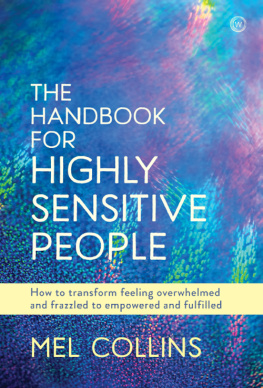
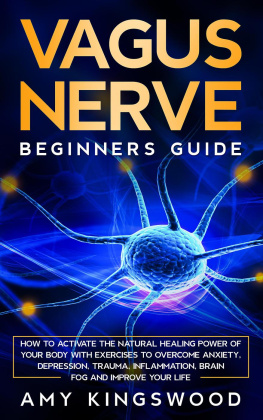
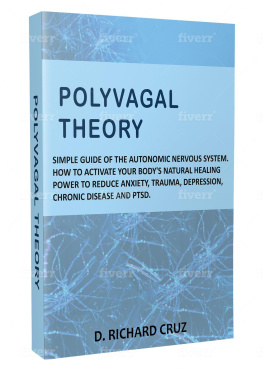
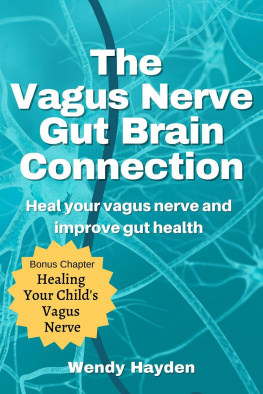
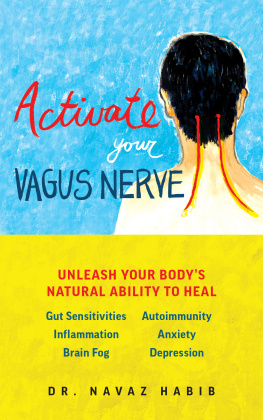


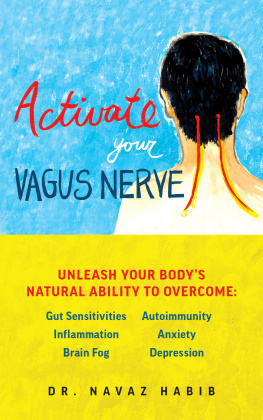
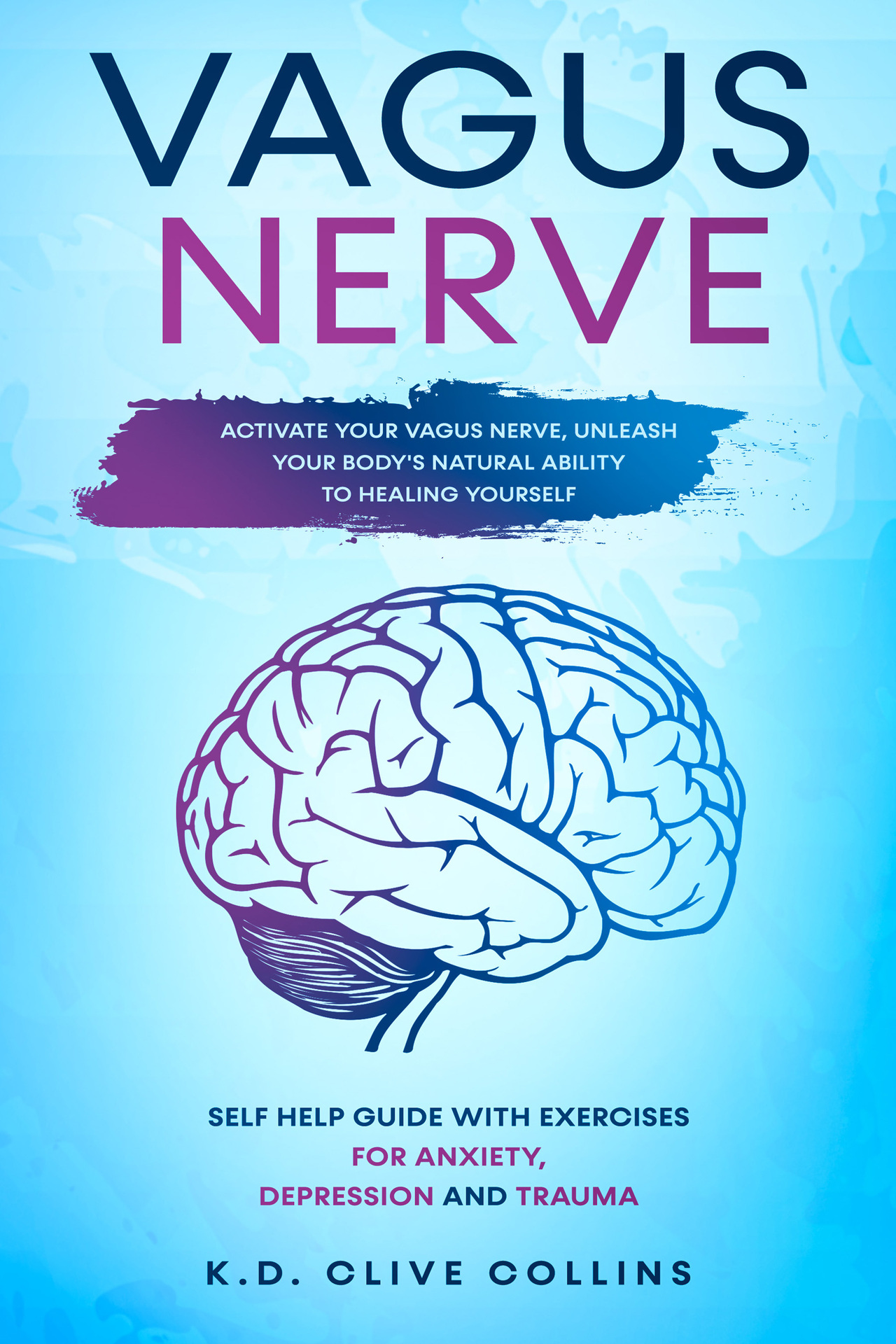
 Copyright 2020 - All rights reserved.
Copyright 2020 - All rights reserved.